Astronomy
Are you a journalist and would you like to get in touch with a researcher who does not appear on this page? Please contact the UvA Press Office on 020 525 2695 or persvoorlichting@uva.nl.
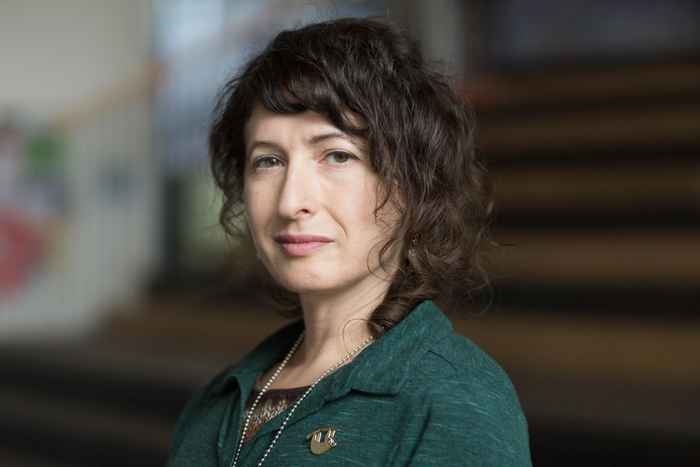
Compact objects and astroparticle physics
Prof. Sera Markoff is professor of Theoretical High-Energy Astrophysics, focusing mainly on relativistic compact objects and astroparticle physics. Markoff specialises in the study of accretion – i.e., the gravitational capture of material – around compact objects such as black holes, and investigates how that energy is processed and released into a variety of forms, including extreme outflows and radiation. | S.B.Markoff@uva.nl | 020 525 7478 / 7491
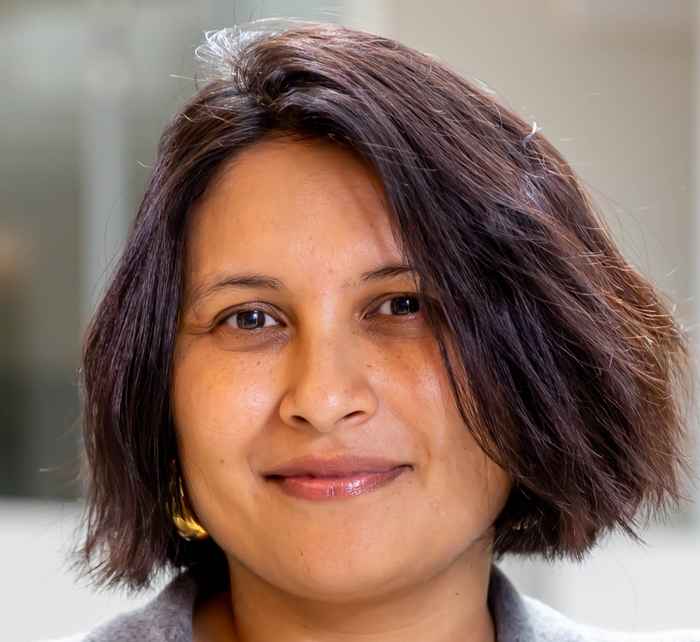
Gravitational waves and electromagnetic radiation
Samaya Nissanke in an associate professor in gravitational wave and multi-messenger astronomy. Her research focuses on the physics of black holes, neutron stars and white dwarfs - in particular, she looks at the gravitational wave and electromagnetic radiation that is emitted from the mergers of pairs of these extreme gravity objects. in 2017, she played a leading role in the remarkable discovery of the merger of two neutron stars. | s.m.nissanke@uva.nl
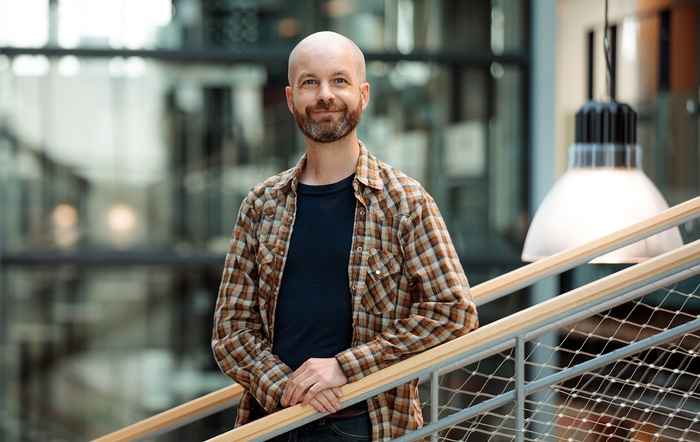
Neutron stars and radio signals
Prof. Jason Hessels is professor of Observational High-Energy Astrophysics, in particular Radio Astronomy. He studies the most compact stars in the universe, so-called 'neutron stars'. He also conducts research into 'pulsars' (flashing neutron stars) and other short-lived astronomical radio signals, which can be used to map the extremes of nature. | J.W.T.Hessels@uva.nl | 020 525 7165 | 06 1026 0062
Formation of stars and planets
Prof. Carsten Dominik is professor of Astronomy. His research focuses on the formation and evolution of stars and planets, particularly the structure and evolution of the protoplanetary disks surrounding young stars. | C.Dominik@uva.nl | 020 525 7477
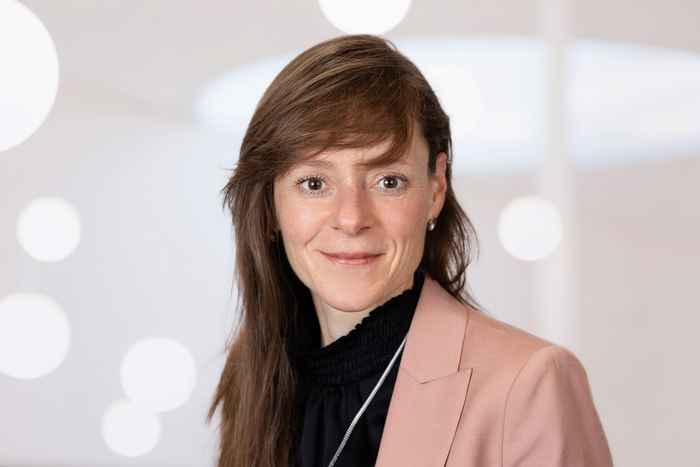
Black holes and neutron stars
Nathalie Degenaar is an associate professor at the UvA’s Anton Pannekoek Institute of Astronomy. Her research focuses on black holes and neutron stars that swallow gas from their surroundings and forcefully spit some of it back into the universe. Using X-ray, UV, optical, near-infrared and radio observations from various ground- and space-based telescopes she studies the properties of accretion flows and outflows in so-called X-ray binaries | N.D.Degenaar@uva.nl | 020 525 3994
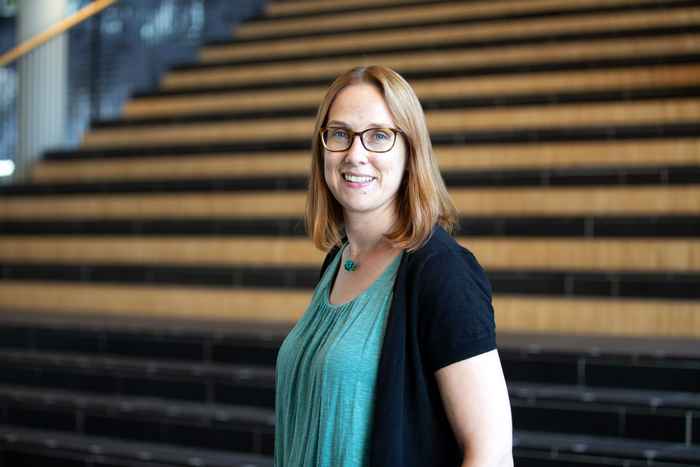
Thermonuclear explosions and starquakes
Prof. Anna Watts is professor of High-Energy Astrophysics She studies violent events on neutron stars: thermonuclear explosions, starquakes and magnetic flares. Her goal is to understand the physics that drives these processes, and to use them to study ultra-strong magnetic fields and the nature of the supranuclear density matter that exists in the cores of neutron stars.| A.L.Watts@uva.nl |
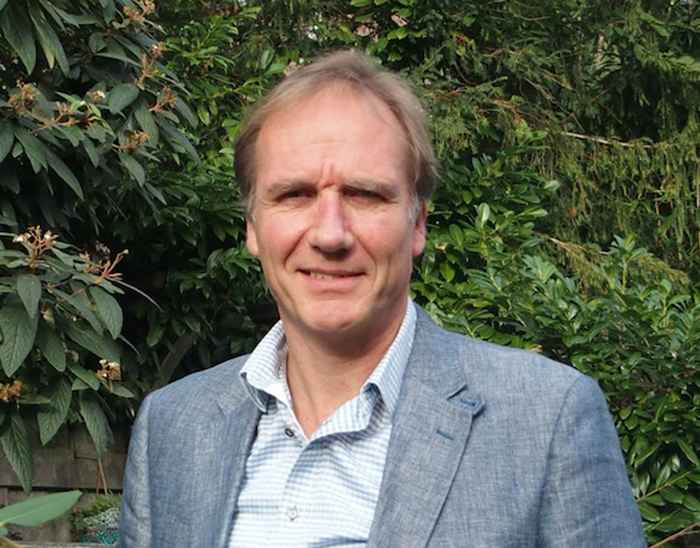
Observational Astrophyiscs
Prof. Lex Kaper is professor of Observational Astrophyiscs and Instrument Development. His areas of expertise include the formation of the most massive stars; X-shooter, the world's most sensitive spectrograph; the mass of neutron stars; the European Extremely Large Telescope; and high-mass X-ray binaries. | L.Kaper@uva.nl | 020 525 7474
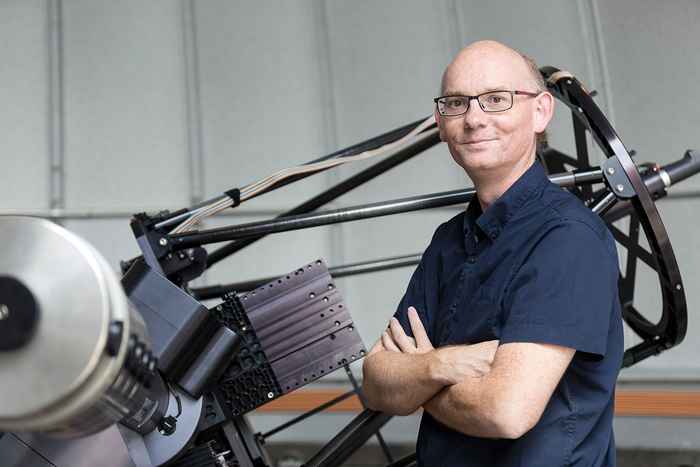
Relativistic Compact Objects
Prof. Rudy Wijnands is professor of Observational High-Energy Astrophysics, in particular Relativistic Compact Objects. His area of expertise covers the fundamental and extreme physical processes that occur in and around neutron stars and black holes. He studies how these extremely compact and relativistic objects respond to the accretion of matter – the capture of material by gravity. In addition, he studies very energetic UV transients, frequently referred to as cosmic explosions. These sources are associated with the formation and further evolution of relativistic objects, such as supernova explosions and merging neutron stars.| r.a.d.wijnands@uva.nl | 020 525 7206